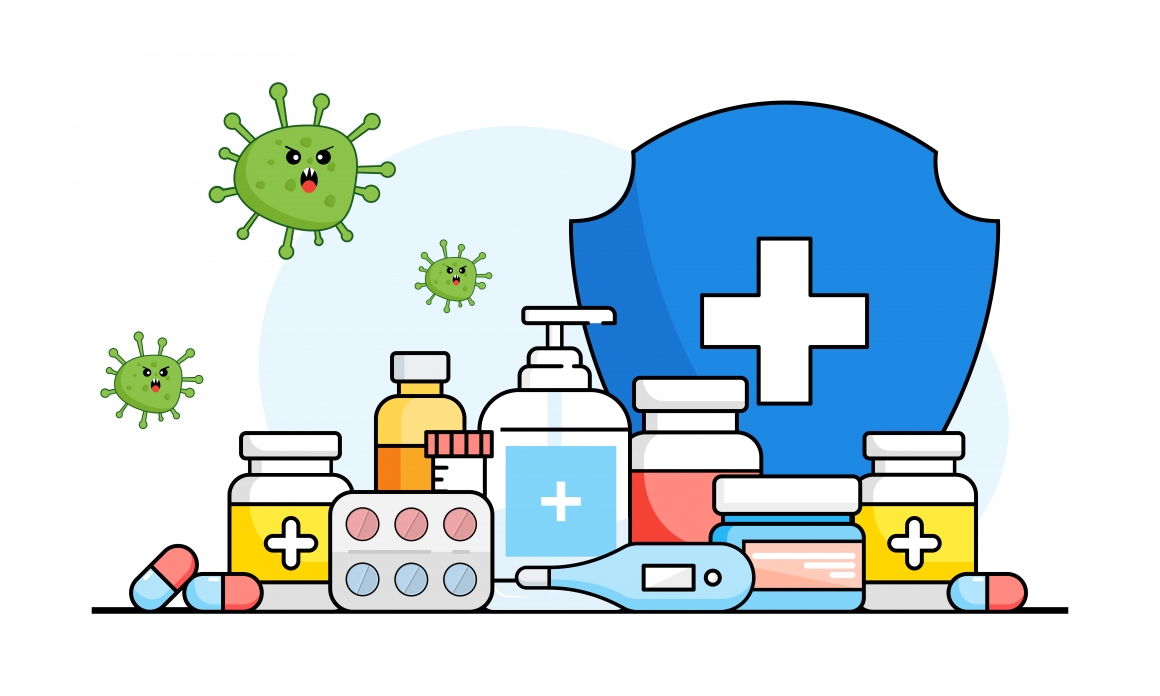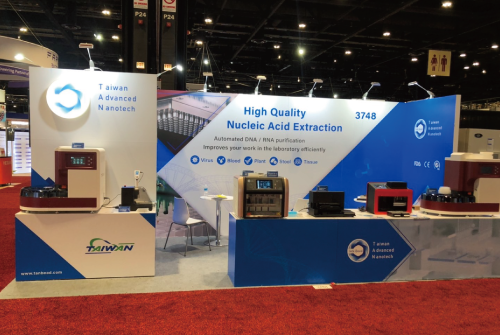COVID-19 side effects: Antimicrobial Resistance Spread and Solutions
- Antimicrobial resistance infections and deaths increased by 15% in 2020
- 80% hospitalized COVID-19 patients received an antibiotic, March-October 2020
- Illness-causing nucleic acids sequencing helps prevent antimicrobial resistance
During the 1st year of pandemic, antimicrobial resistance (AMR) infections and deaths in hospital increased by 15%, CDC stated. Death toll reached more than 29,400 cases, with nearly 40% of them were infected during their stay in the hospital. Averted by the surge of COVID-19 cases, several antimicrobial-resistant pathogens infection escalated, notably:
- Carbapenem-resistant Acinetobacter – 78% increment
- Multidrug-resistant Pseudomonas aeruginosa – 32% increment
- Vancomycin-resistant Enterococcus – 14% increment
- Methicillin-resistant Staphylococcus aureus – 13% increment
- Antifungal-resistant Candida auris – 60% increment
- Other antifungal-resistant Candida – 26% increment
Lots of hospital were faced with massive patient influx, shortage on staffing and personal protective equipment supply. Around 80% of COVID-19 patients were treated with antibiotic, yet follow-up in control guidance and infection prevention were lacking. Antibiotics could be necessary for fungal and bacterial infections of known cause, might be necessary for unknown ones, yet unnecessary for other cases. High prescription would contribute to the development and spread of AMR, not to mention the risk of side effects for the patients.
AMR caused at least 2.8 million infections in the US, annually. In preventing the spread of it, CDC AR Lab Network (Antimicrobial Resistance Laboratory Network) provides comprehensive infrastructure and cutting-edge technology like DNA sequencing. The activities of CDC AR Lab Network are significantly important, US were seeing a drop of AMR by 27% from 2012 to 2017, before pandemic-caused shortage staffing. Through sequencing and identifying the source of threat, it becomes possible to prevent disease outbreak, antibiotic misuse and AMR spread.
Outside the US, other countries around the world also prove how sequencing could prevent the development and spread of AMR. A study in China demonstrated how pointing out pathogen-specific and antibiotic-resistant genes could even lead to detection of those that are difficult to culture using the gold standard method. Equipped with TANBead’s DNA Extraction Kits, they extracted bacteria and fungi in urine, followed with detection of 18 pathogens (bacteria and fungi) and 9 antibiotic-resistant genes. The extraction process with TANBead kits would take 40-50 minutes for fungal DNA, and 50-60 mins for bacterial DNA. Completed with their multiplex detection system, only 4 hours were required to detect the pathogens and antibiotic-resistant genes.
Combat against antimicrobial resistance is in on-going stance. US Department of Health and Human Services (HHS) developed US National Plan, CDC AR Lab Network expands to Global AR Lab & Response Network and various research on AMR could be found.







